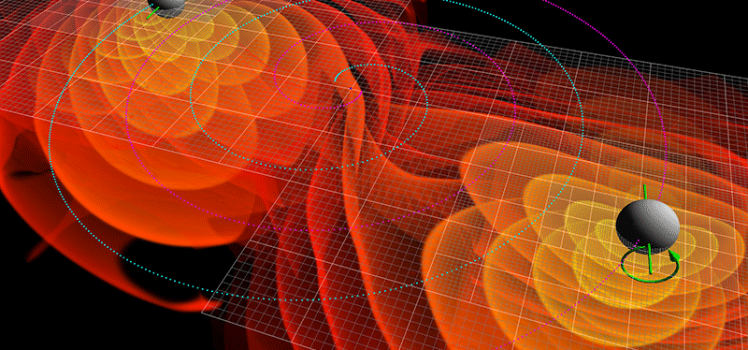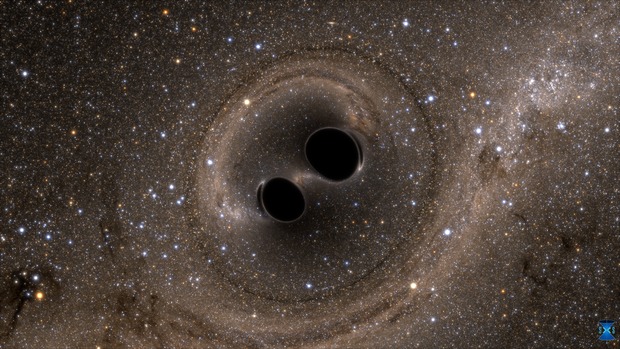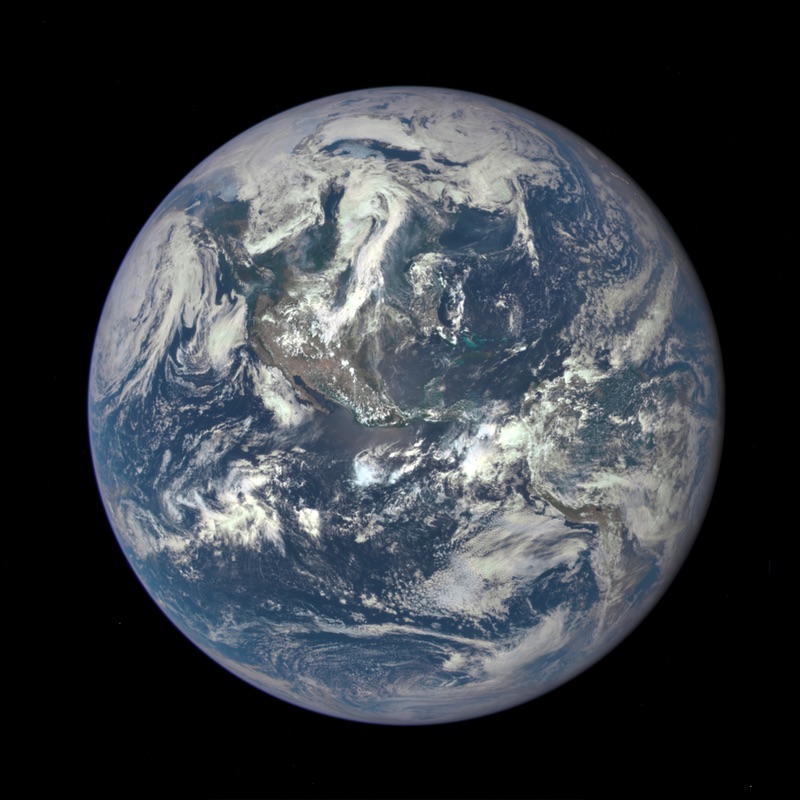Two Years On…

It’s two years since Einstein was once again proven to earn the moniker of ‘genius’. Consider his theorems are now over a century old and they are still being tested and confirmed to remarkable precision.
At 5:51am [EST ] on the 14th of September 2015, the twin Laser Interferometer Gravitational-wave Observatory (LIGO) detectors , located in Livingston, Louisiana, and Hanford, Washington, USA.
The LIGO Observatories are funded by the National Science Foundation (NSF), and were conceived, built, and are operated by Caltech and MIT. The discovery, accepted for publication in the journal Physical Review Letters, was made by the LIGO Scientific Collaboration (which includes the GEO Collaboration and the Australian Consortium for Interferometric Gravitational Astronomy) and the Virgo Collaboration using data from the two LIGO detectors.
These waves were caused by the collision of two black holes, some twenty-nine [29] and thirty-six [36] times the mass of our sun. According to Prof. Brian Cox and Jeff Forshaw, this collision resulted in a peak-power output fifty [50] times that of the entire observable universe.
Black Holes

Links
- Thank you, Albert
- 3 Billion Year Old Wave
- Albert Einstein – Nobel Prize Biography
- Albert Einstein – Wikipedia
- Russel-Einstein Manifesto – Wikipedia
- General Theory of Relativity – Wikipedia
- Die Feldgleichungen der Gravitation – Original
- LIGO – Laser Interferometer Gravitational-Wave Observatory [CalTech]
- VIRGO – [EGO] European Gravitational Observatory [Italy]
- Paper – Viewpoint: The First Sounds of Merging Black Holes [ Physical Review Letters ]
- Australasian Science – Top Scientists respond
- General Relativity – Collected Articles – The Conversation
- What happens when LIGO texts you to say it’s detected one of Einstein’s predicted gravitational wave – The Conversation
- Einstein was right – The Telegraph


